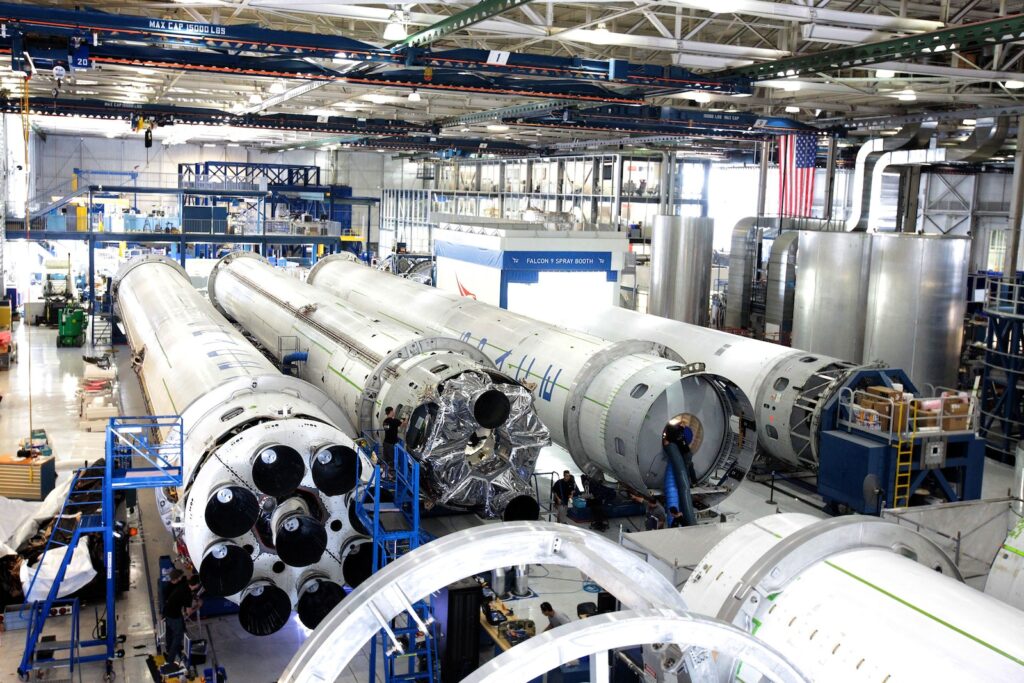Quick Tips for Land Development Technology Integration
In the fast-paced world of land development, staying ahead of the curve is essential for success. To thrive in this competitive industry, you need to harness the power of technology and integrate it seamlessly into your processes. That’s why we’ve compiled a list of 10 quick tips and tricks to help you master land development technology integration.
From embracing cloud-based project management systems to leveraging virtual reality and drones, these tips will revolutionize how you approach land development. We’ll provide you with practical insights, detailed explanations, and real-world examples for each tip, ensuring that you have the knowledge and tools to implement them effectively.
By incorporating these technology-driven strategies into your land development endeavors, you’ll streamline operations, enhance collaboration, and ultimately increase your chances of success. So, let’s embark on this transformative journey and unlock the immense potential of land development technology integration!
Tips for Land Development Technology Integration
1. Embrace Cloud-Based Project Management Systems
Manage your land development projects effectively by utilizing cloud-based project management systems. These platforms allow you to centralize project documentation, collaborate with team members in real-time, track progress, and monitor budgets.
Tools like Trello, Asana, or Monday.com can simplify your project management processes and improve overall efficiency.
2. Leverage Geographical Information Systems (GIS)
Make informed decisions and gain valuable insights by leveraging Geographical Information Systems (GIS). GIS technology enables you to analyze geographic data, visualize property boundaries, assess environmental factors, and identify potential risks or opportunities.
Platforms like ArcGIS or QGIS provide powerful mapping and analysis capabilities to aid your land development endeavors.
3. Harness the Power of Virtual Reality (VR)
Bring your land development projects to life and enhance stakeholder engagement through the power of virtual reality (VR). Utilize VR technology to create immersive experiences that allow investors, buyers, and stakeholders to visualize your proposed developments before they are built. This can boost investor confidence and accelerate sales cycles.
4. Optimize Marketing Efforts with Social Media
Expand your reach and attract potential borrowers and buyers by optimizing your marketing efforts through social media. Establish a strong online presence on platforms like Facebook, Instagram, and LinkedIn.
Share compelling visuals, engaging content, and valuable insights to showcase your land development expertise and build trust with your target audience.
5. Automate Documentation Processes
Streamline your documentation processes by leveraging automation tools. Utilize document management systems like DocuSign or Adobe Sign to automate contract signings, approvals, and other administrative tasks.
This saves time, reduces errors, and ensures seamless collaboration between all parties involved in the land development process.
6. Implement 3D Printing for Prototype Development
Accelerate the prototyping phase of your land development projects by implementing 3D printing technology. Create detailed and accurate physical models that allow you to visualize designs, test concepts, and showcase your vision to stakeholders.
3D printers like Ultimaker or Formlabs offer a wide range of options suitable for land development purposes.
7. Utilize Drones for Site Surveys and Inspections
Improve the accuracy and efficiency of site surveys and inspections by utilizing drones. Drones equipped with high-resolution cameras and mapping capabilities can capture aerial images, generate topographic maps, and provide valuable data for site analysis.
Platforms like DJI or Autel Robotics offer reliable drones tailored for land development applications.
8. Adopt Building Information Modeling (BIM)
Enhance collaboration and streamline the construction phase of your land development projects by adopting Building Information Modeling (BIM).
BIM technology allows you to create digital representations of buildings, enabling comprehensive visualization, clash detection, and efficient project coordination. Software like Autodesk Revit or ArchiCAD are popular choices for BIM implementation.
9. Secure Your Data with Advanced Cybersecurity Measures
Protect sensitive data and maintain the integrity of your land development projects by implementing advanced cybersecurity measures. Utilize encryption technologies, strong authentication protocols, and regular security audits to safeguard your digital assets.
Invest in reputable cybersecurity solutions such as firewalls, antivirus software, and intrusion detection systems to mitigate the risk of data breaches and unauthorized access.
10. Stay Informed and Continuously Learn
Lastly, never stop learning and staying informed about the latest advancements in land development technology. Follow industry blogs, attend conferences, join professional networks, and participate in webinars or training programs to expand your knowledge and stay ahead of the curve.
By continuously learning and adapting, you can leverage technology to its fullest potential and gain a competitive edge in the land development market.

Examples of Land Development Technology Integration
To better understand the practical applications of land development technology integration, here are a few examples:
- 1. Virtual Reality Walkthroughs
- By creating virtual reality walkthroughs of your proposed developments, you can provide potential buyers with an immersive experience. They can explore the property virtually, visualize the layout, and make informed decisions before committing to a purchase.
- 2. GIS Analysis for Site Selection
- Utilizing Geographical Information Systems (GIS), you can analyze various factors such as demographics, proximity to amenities, and zoning regulations to identify optimal sites for land development projects. This data-driven approach minimizes risks and maximizes the potential for success.
- 3. 3D Printing for Architectural Models
- By using 3D printing technology, you can create accurate architectural models that showcase the design and aesthetics of your planned development. These models can be used to communicate your vision to stakeholders and facilitate better decision-making.
- 4. Cloud-Based Collaboration
- Through cloud-based project management systems, team members can collaborate seamlessly regardless of their physical locations. They can access project documents, track progress, and communicate effectively, leading to improved efficiency and faster project completion.
These examples illustrate how land development technology integration can revolutionize various aspects of the industry, enhancing communication, visualization, decision-making, and overall project outcomes.
Master Land Development Technology Integration Today!
Integrating technology into your land development processes can significantly improve efficiency, reduce costs, and boost overall success. By embracing cloud-based project management systems, leveraging GIS technology, harnessing the power of virtual reality, and adopting other advanced tools and techniques, you can take your land development endeavors to new heights.
Remember, staying informed, continuously learning, and adapting to emerging technologies are essential for sustained growth and a competitive edge in the industry. Implement the tips and tricks shared in this article and explore the vast potential of land development technology integration.
Now it’s your turn to take action! Share your own tips and tricks for land development technology integration in the comments below. Let’s create a community of knowledge and expertise. Together, we can revolutionize the world of land development!
